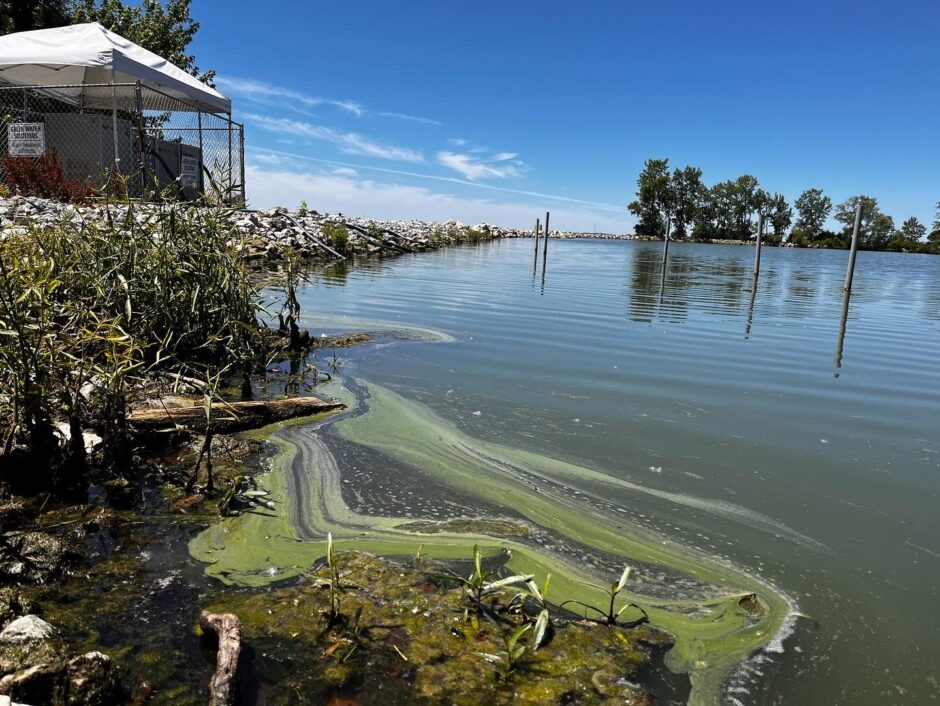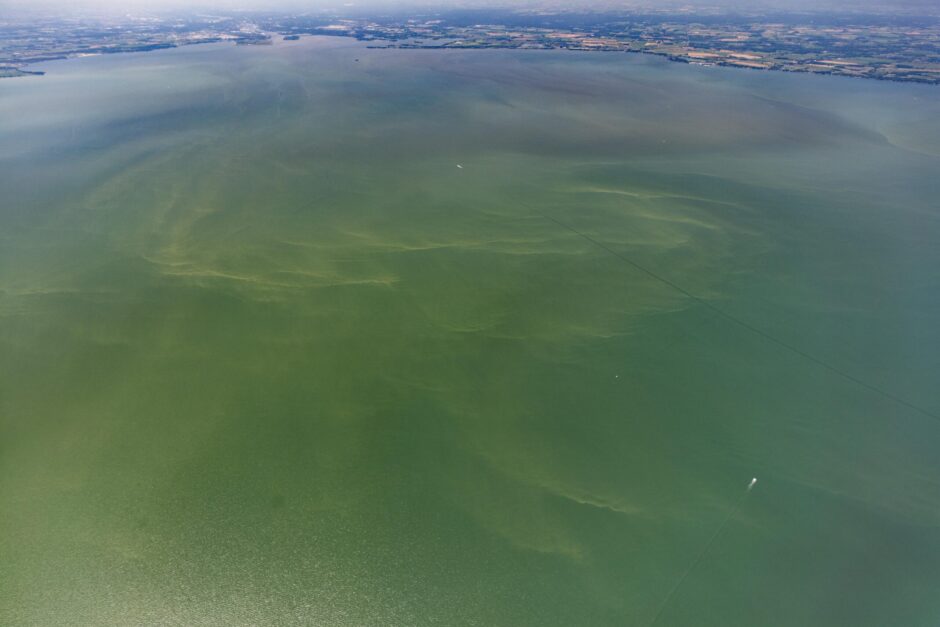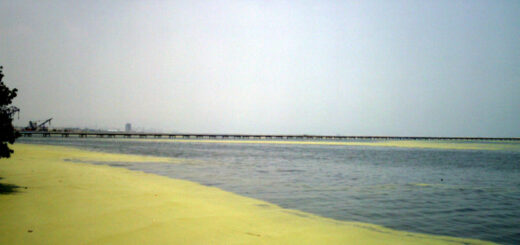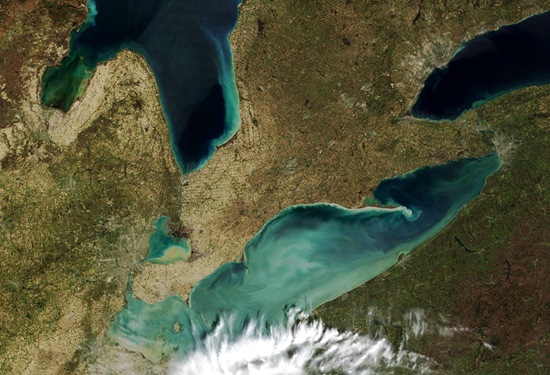Research Brief: Characterizing Harmful Algal Blooms with Drone-Based Water Sampling
0
Research on harmful algal blooms (HABs) has been occurring in major lakes and waterways for decades now, and the reason for such investments is largely a result of the impact HABS have on human and animal health. Over the years, HAB monitoring has changed and advanced to include multiple strategies and methods that can be deployed to monitor blooms—the newest of which may include drone-based sampling.
Data buoys, satellite imagery, discrete sampling, nutrient monitoring and many other prediction or monitoring strategies have been used successfully in the past. The accessibility of each of these strategies relies largely on the availability of resources and data. More remote areas have gone largely unobserved, relying mostly on discrete sampling, which can be time-intensive and costly.
A 2023 study published by Frontiers in Remote Sensing used drone-based water sampling methods to characterize cyanotoxins, phycocyanin and nutrients in three freshwater lakes with active HABs.1 The study was designed to gather small-volume samples quickly and produce a rapid turnaround of measurable water quality measurements that provide indicators for human and animal health, the presence of cyanobacteria, and the extent of anthropogenic influence.

Grand Lake St Marys (Credit: Ohio Sea Grant via Flickr CC NY-NC 2.0)
The objectives of the study are as follows:
- “Collect surface water samples using a drone-based water collection system (DOWSE) at different distances (10–100 m) from the shore and from an anchored boat in Grand Lake St. Marys, Lake Erie, and Lake Anna;
- Characterize cyanotoxins, phycocyanin and nutrients in drone water samples from each of the lakes while establishing an improved understanding of the relationships among these parameters.”1
Methods
Using the drone-based sampling method, 180 water samples were collected on specific dates between August and September during the 2019 HAB season. August and September represent the end of the bloom season, when cyanobacterial accumulation and cell death may provide a scenario of increased toxin production.
Each lake represents a unique environment for HAB observations. Lake Erie has been plagued by HABs for the past 20 years; Lake Anna is an inland reservoir, and cyanobacterial cell counts of potentially toxigenic taxa have been reported since 2018, representing the many lakes that have only recently started experiencing blooms.
At the end of the sampling period, 40 of the samples were collected at Grand Lake St. Marys, 120 at Lake Anna and 20 at Lake Erie. Samples were then analyzed in a lab in order to test for cyanotoxins, phycocyanin and nutrients from surface water samples.

Harmful Algal Bloom in Western Lake Erie, July 9, 2018. (Credit: NOAA Great Lakes Environmental Research Laboratory via Flickr Public Domain)
Results
Cyanotoxins were present in all three lakes, and the drone-based sampling allowed researchers to access remote areas that are difficult to access and often neglected in other monitoring and sampling programs.
Grand Lake St. Mary was characterized by high total microcystin levels at 15 ppb. Conversely, Lake Erie and Lake Anna had significantly lower levels, with mean values of 1.92 and less than .02 ppb, respectively.
The drone sampling method allowed the researchers to gather multiple samples in the same flight, revealing just how highly variable Lake Erie’s waters are, falling both above and below advisable recreational levels. This fast turnaround on sampling will help officials alert the public of water quality concerns, mitigating human and animal health impacts.
Source
- Hanlon R, Jacquemin SJ, Birbeck JA, Westrick JA, Harb C, Gruszewski H, Ault AP, Scott D, Foroutan H, Ross SD, González-Rocha J, Powers C, Pratt L, Looney H, Baker G and Schmale DG (2022), Drone-based water sampling and characterization of three freshwater harmful algal blooms in the United States. Front. Remote Sens. 3:949052. doi: 10.3389/frsen.2022.949052













